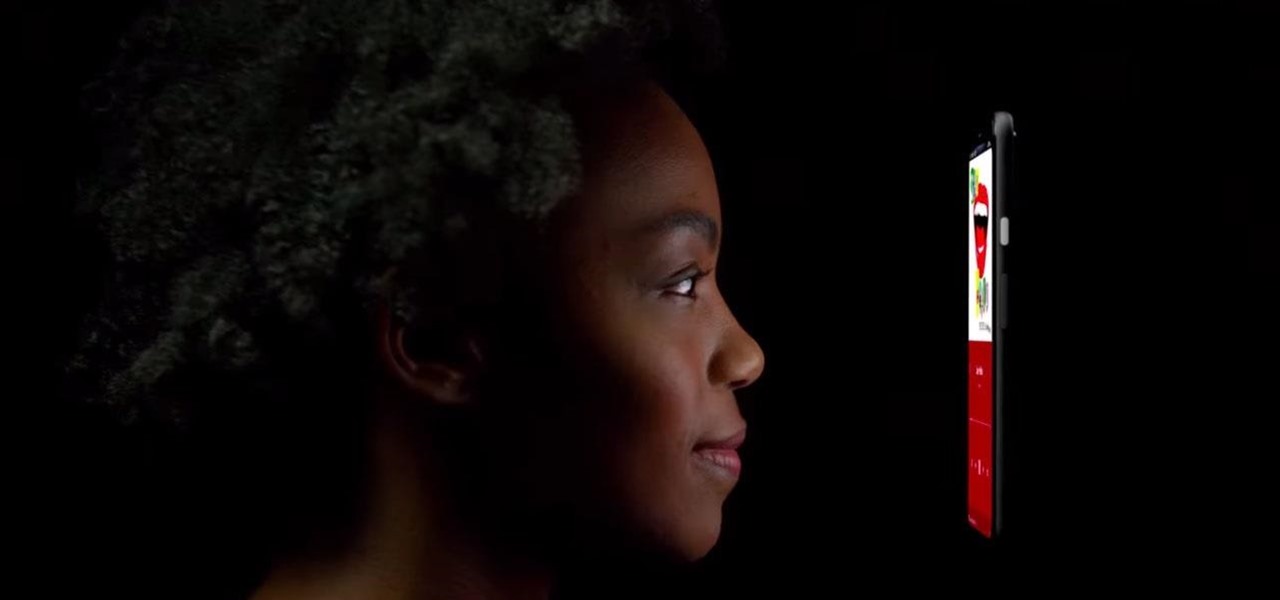It's been almost two years since Apple added the TrueDepth depth-sensing camera of the iPhone X for Face ID and Animojis, but now Google is ready to upgrade the front-facing camera on its Pixel series.
On Monday, Google posted a preview of some of the new features coming to the Pixel 4 later this year -- facial recognition for screen unlock and gesture recognition.
Both features are enabled by an array of sensors, including IR cameras for depth sensing, similar to Apple's implementation of the TrueDepth camera on the iPhone X series, and uses Google's Project Soli miniature radar chip for motion detection.
The big news here is Motion Sense, Google's branded term for its gesture recognition system. Using the Soli radar chip, the Pixel 4 detects movements in front of the phone and then uses its camera sensors and software to interpret gestures for skipping music tracks, snoozing alarms, or dismissing phone calls, with more interactions to come over time.

"For the past five years, our Advanced Technology and Projects team (ATAP) has been working on Soli, a motion-sensing radar," said Brandon Barbello, Google's product manager for Pixel, in a blog post.
"Radar, of course, is the same technology that has been used for decades to detect planes and other large objects. We've developed a miniature version located at the top of Pixel 4 that senses small motions around the phone, combining unique software algorithms with the advanced hardware sensor, so it can recognize gestures and detect when you're nearby."

For anyone a little wary of sharing their likeness with Google's data aggregation mechanism, the company notes that facial recognition and Soli radar operations occur on the phone rather than the cloud, so the data never leaves the device.
Earlier this year, the Federal Communications Commission granted Google a waiver to operate the Project Soli radar chip at power levels exceeding current limitations. The regulatory body also gave Google permission for Soli-powered devices to operate on airplanes.
Pixel 4 will be the first device to house the Soli radar chip, though Google says Motion Sense "will be available in select Pixel countries," so it appears that Google may still have some lobbying to do in order to allow Soli to operate widely.
The dawn of Project Soli has exciting implications for augmented reality wearables in the long term. For instance, Soli radar could conceivably enable gesture recognition on smartglasses or AR headsets.
But, in the short term, the Pixel series continues to act as Google's proving ground for mobile, handheld augmented reality. Currently, the smartphones are the exclusive home for the Playground AR camera, and Pixel owners are among a select group of Google Maps users who can access AR walking navigation. Perhaps the Pixel team will have some more AR tricks up its sleeve leveraging Project Soli? We'll likely find out later this year.
Just updated your iPhone? You'll find new features for Podcasts, News, Books, and TV, as well as important security improvements and fresh wallpapers. Find out what's new and changed on your iPhone with the iOS 17.5 update.























Be the First to Comment
Share Your Thoughts